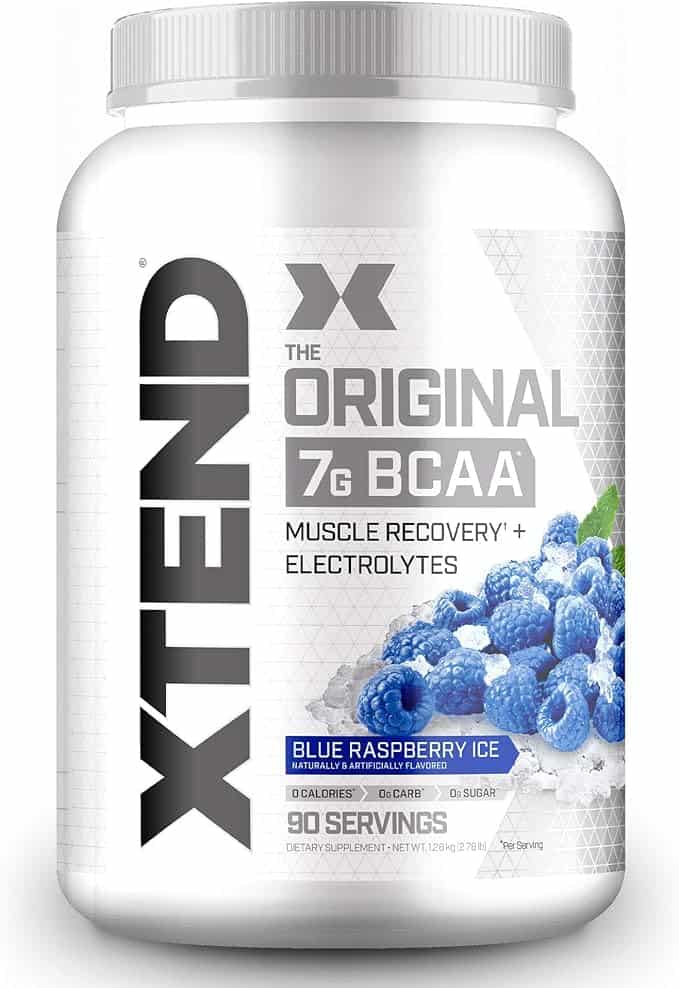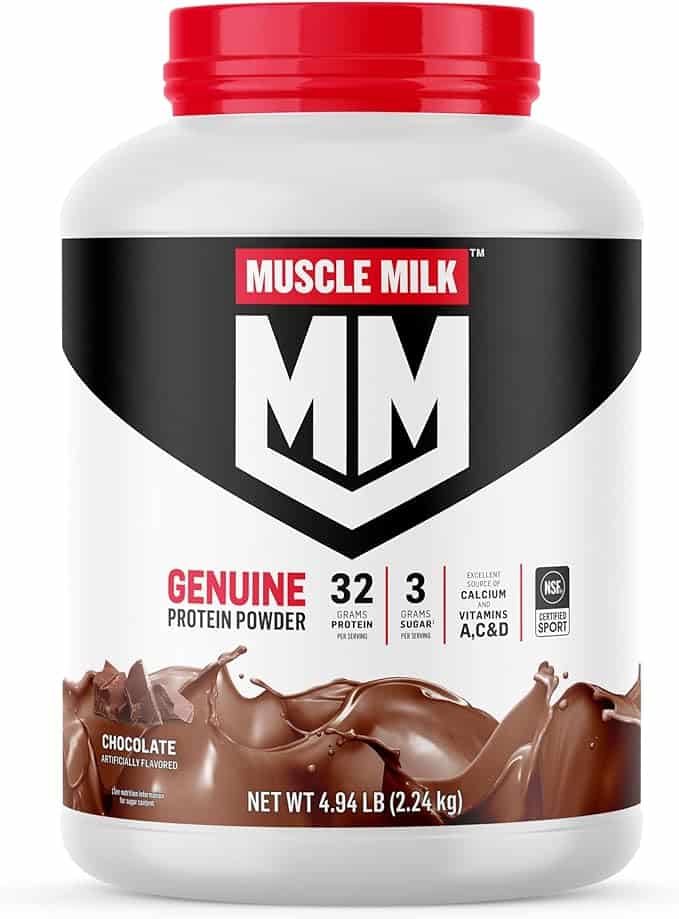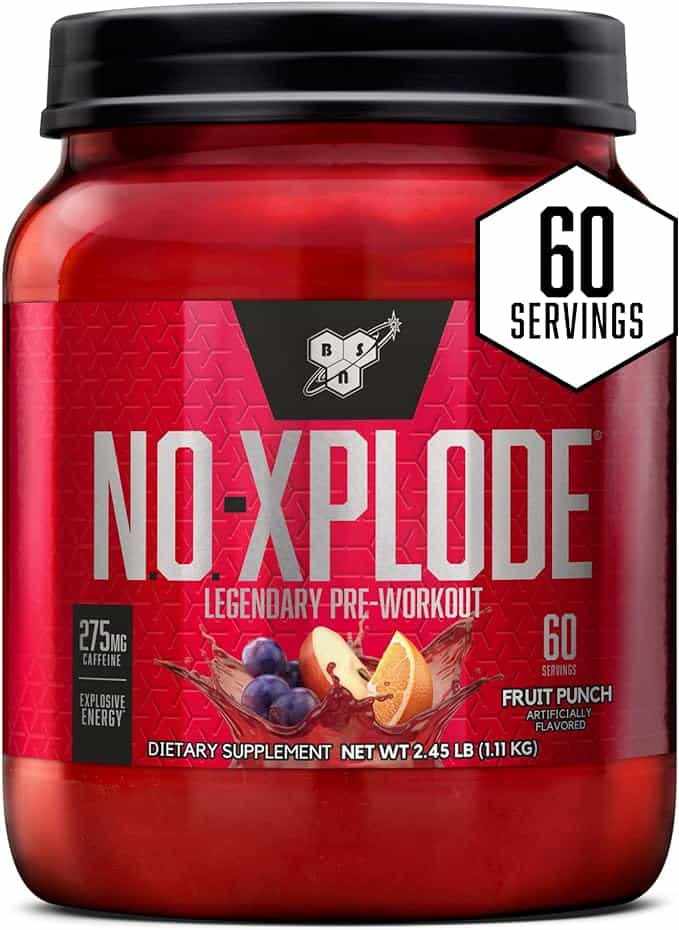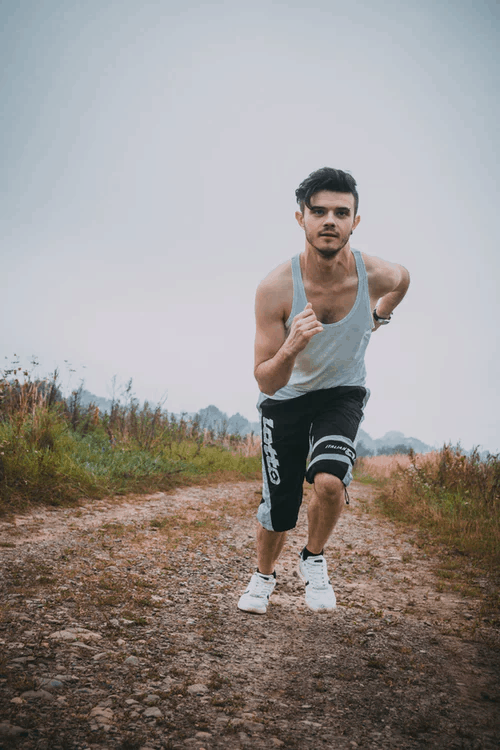
Finding the right pair of running shoes is more than going to the nearest shoe store and picking up the first pair you find. It requires you to study its features that will help you to run smoothly. You can’t just wear a pair of your old sneakers; running shoes, as opposed to regular sneakers, need to provide you comfort and avoid any foot or back pain.
Consider these features below before you buy the perfect pair of running shoes.
Types of running shoes
- Road-running shoes will be perfect for running on pavements. They’re light, flexible, and are made to stabilize your feet with cushioning on hard surfaces.
- Trail-running shoes provide stability, support, and underfoot protection. Shoe designers, who created the Asics running shoe, claim that trail-running shoes are made for off-road areas that have rocky or muddy paths, or any obstacle while protecting your feet.
- Cross-training shoes are ideal for gym-goers or Crossfit training or any balancing workouts over solid ground.
Features to look out for
1. The Upper
An upper is the outer body of the shoe. When it comes to material, synthetic leather is durable, scratch-resistant, lighter, quick to dry, and breathable. It also requires no break-ins. Nylon is also durable and used to reduce weight and enhance breathability. Thermoplastic polyurethane overlays are scratch-resistant and enhance stability. There are also waterproof uppers that are perfect for wet environments.
2. The Midsole
The midsole is the cushioning layer that provides stability as you run as well as being shock-absorbent. There are two types of cushioning; EVA is lightweight and durable whereas polyurethane is more stable and flexible. Look for one that is made with stiff and dense material because they provide optimum stability. Shanks protect the heel and the arch and boost the shoe’s firmness over rocky trails.
3. The Outsole
The outsole is the bottom of the shoe, and a high-quality one is either made with carbon rubber or blown rubber. Carbon rubber is preferred by trail runners because it can handle off-road obstacles. They’re also stiff and heavy enough to provide the right stability. On the other hand, blown rubber is more lightweight and flexible, and is ideal for running a race.
4. The Shoe’s Tongue
You’ll find the shoe’s tongue underneath the shoelaces and it’s supposed to protect your feet from any pressure from the laces and helps you wear your shoes. The right tongue should be the perfect size in terms of not rubbing against the foot above your ankles and it should be well-padded. Trail shoes tend to have a stitched tongue to prevent interacting with any off-road element.
5. The Heel Counter
The heel counter is the stiffest material made around your heel. It should provide motion control, good cushioning for comfort, and it’s made out of rigid material to protect you against a strong impact. It also helps you to double-check the heel counter if you’re an athlete often prone to get Achilles heel irritation.
6. The Arches and Pronation
You need to determine your foot’s arch and based on that, decide on the pronation of the shoes. Pronation is a wearable pattern that helps stabilize your feet on the ground. Feet are normally divided into low, high, and neutral arches. Low arches mean you’re somewhat of a flatfoot, so you would need to look for shoes that offer high stability with internal wedges that can build up the flat arch side. High arch feet need shoes that provide little stability features as well as good cushioning because your feet need to touch the ground. Neutral arches are ideal because runners can wear basically any type of shoe as their foot rolls in properly on the ground.
7. The Toe Box
The toe box is the space that fits your toes. Your toes need to fit in perfectly without being cramped; they shouldn’t touch the insides of your shoes and should feel space and room. If it’s tight, it can actually affect your motion by hindering your performance or it can injure your toes. You’re supposed to wiggle your toes freely in that space.
8. Fitting Tips
Sometimes shoe size differs from one manufacturer or even one model to another. So measure your feet because you might need to go a half or full-size up. Don’t try shoes after a long day of errands because feet tend to swell. A running shoe needs to fit “like a glove”. Your toes and heels should feel comfortable, so does your arch.
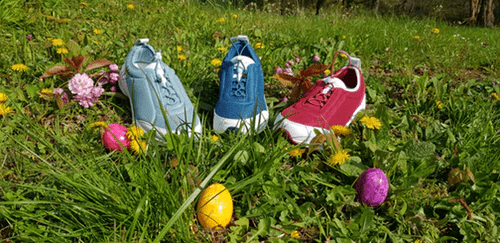
Shoe shopping has gotten a whole lot more interesting with these features. It takes more than feeling comfortable after you try out one shoe model. Take your time in trying out different shoes and understand what your feet need. You’re running to stay healthy, so avoid any mishaps by pre-planning your shoe shopping trip.
Tags: running, running shoes, sprints





